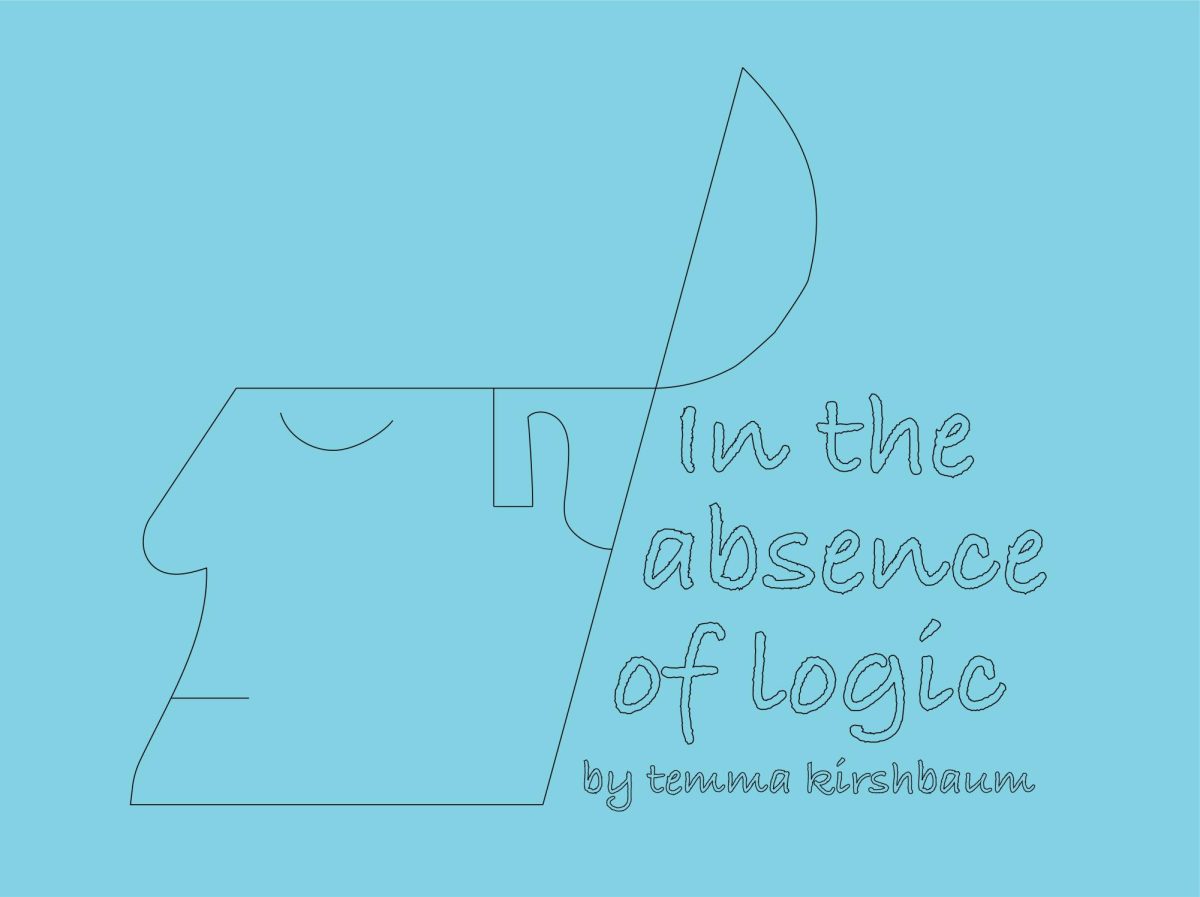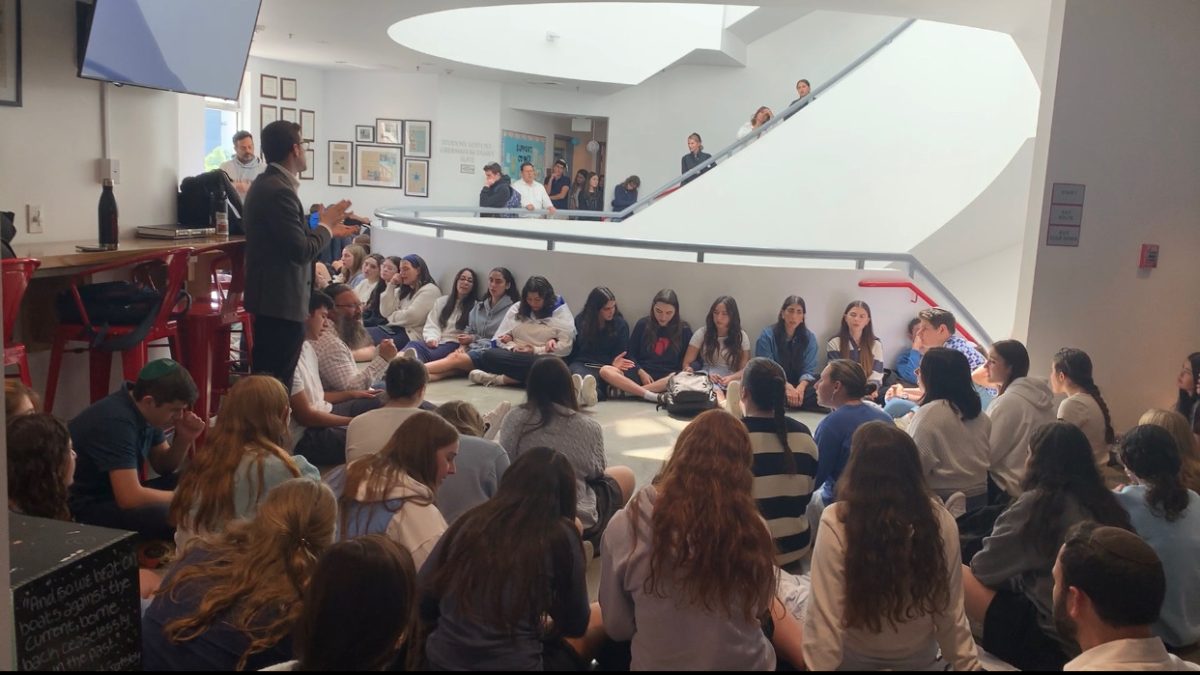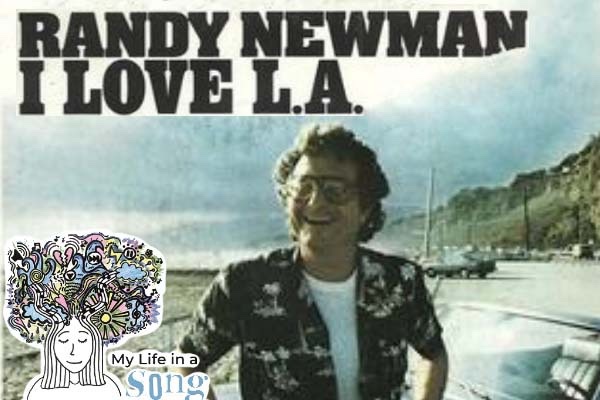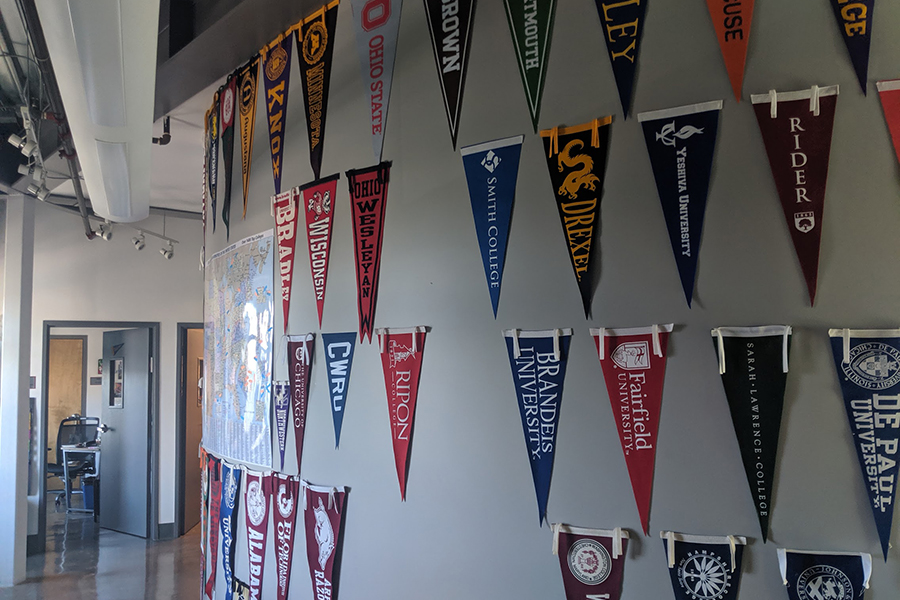“In the week that three Presidents, a King and their own Prime Minister gather at the White House to begin a fresh round of talks on peace between Israel and the Palestinians, the truth is, Israelis are no longer preoccupied with the matter,” writes Karl Vick, Jerusalem Bureau Chief for Time Magazine.
The story that goes with that statement (http://tinyurl.com/BPTIMEARTICLE), which adorned the cover of Time Magazine’s September 13th edition, purports to announce the Israeli view of the peace process as the world heads into another round of negotiations between Israel and the Palestinians. The magazine featured a blue cover with a bunch of white flowers forming the shape of a Star of David, with the title ‘Why Israel Doesn’t Care About Peace’ in the middle of it, in bold black letters. Peace, it found, is the least of the worries of the Israeli public.
I’ve observed many people in Shalhevet’s hallways and on Facebook get upset over this story. But in terms of myself, this article doesn’t upset me now as much as it did when I first read through it.
I could say that it’s not upsetting because it’s not true, taking the same route as Steve Sheffy in his response to it in his blog for the Huffington Post (http://tinyurl.com/BPPEACE). Mr. Sheffy points out that nearly every concession for peace in Israel’s history has been made by Israel – such as in 2000, when Israel offered Palestinian leadership 94-98 percent of the West Bank as well as East Jerusalem in exchange for peace, and Yesir Arafat refused and started the second intifada instead.
Then there’s the fact that Time habitually prints one-dimensional articles that side against Israel. Another of these articles reports on the investigation into the events surrounding the death of the American activist Rachel Corrie, who was run over by an Israeli tank while protesting Israeli’s then-occupation of Gaza in 2003. (http://tinyurl.com/BPTIMERC). It quotes Rachel’s parents, and a short sound bite from the trial in which the judge asks one of the soldiers in the tank how he could not have seen Ms. Corrie before she was killed, but gave the reader no information about the trial — let alone a quote of any kind from the other side — and merely served to make the testifying soldier look like he was transparently lying.
However, in the end, what really does vex me about this article is the fact that Time doesn’t even making a passing attempt to substantiate the claim that it makes. If you’re going to write a widely read, controversial story saying that Israel — a nation whose people have arguably endured more racism, prejudice, hatred and violence over the centuries than almost any other — isn’t interested in peace, you have the burden of giving your readers evidence to back it up.
My biggest problem in this regard is the poll cited by Karl Vick. Here’s what the article tells us about the poll: Israelis were asked to rank what they felt was the “most urgent problem” in Israel, and peace with the Palestinians was only called number one by eight percent of the population, coming in fifth behind education, crime, national security and poverty. Israeli Arabs, the article said, placed peace first. However, we don’t actually know how the percentages came out, because details of the poll are never specified — not the numbers, not the individual percentages by category, and not the wording of the questions or possible responses. Not even the name of the organization conducting the poll. It’s simply referred to as “a March poll.”
Yet it’s this poll, along with his interview with two Israeli citizens on the beach in Tel Aviv, that Mr. Vick uses as his basis for claiming that Israel doesn’t care about peace.
Not only is the poll not in the print version of the magazine, but it’s not available in Time online either, nor could I find such a poll on any other website – and I spent a lot of time looking. l also called Time Magazine multiple times, asking for a reference to the poll or at least a statement about it and was transferred through departments and back again, being told to leave messages in inboxes. I received no calls back. I, after more than a month, still haven’t been able to get any information.
Here’s what I would have asked: Who took the poll? Time, the Israeli government, some independent company… It does make a difference. How many people were polled? Thirty? Three-hundred? Three-thousand? When you have polls like these, meant to generalize a population, you have to make sure that you’re using a representative sample of the population — one that crosses gender, ethnic, economic, and social boundaries.
How was the poll conducted? Did they stop people on the street, call their houses, send e-mails? And crucially, what exactly were the questions?
Also, how was “peace” defined in the poll? Was it defined as a two-state solution or left open for interpretation? Operational definitions — assigning a quantitative value to something that’s not necessarily measurable without one, like intelligence, or love, or peace — do affect the way people choose their answers. Furthermore, was the wording the same when both the Israeli and Arab-Israeli populations were polled?
I should have found all this information when I bought the magazine and read through the article — and if Time was trying to save paper, at least a link in the online story to direct me to somewhere that would.
Now, Mr. Vick did cite some other sources in his article. He tried to convince us using his interview with Tamar Hernann, a political scientist, who was quoted saying “the Palestinian conflict is no longer seen as a strategic threat anymore. A nuisance? Yes.” Mr. Vick also quoted an editorial in a popular newspaper saying that Israel’s population is done caring about the conflict, and he quoted a few sunbathers on the beach.
I wish I could tell you that Time has the only problem in this respect, when it comes to not giving adequate information to readers — it would make me feel better about calling myself a member of the media at least. But even The New York Times is guilty of negligence when it comes to citing statistics.
For example, The Times published an article Sept. 21 stating that women are more indecisive about politics than men, and that men are more motivated to vote for change in the government (http://tinyurl.com/BPNYTSTORY).
Aside from only quoting one woman in the article (who said she was confused because she didn’t know who to vote for to move the country forward, and a man who very clearly stated which party he wanted to vote for and why), the article relied almost entirely on a poll by the New York Times and CBS, asking men and women which party they wanted to vote for. The results showed more men switching parties than women, which the story then claimed meant that men were more decisive about politics.
If you ignore the fact that the poll defeated the point of the article, the fact that it was taken by The New York Times was all the information the readers got, except for the results. This is still better than the unattributed “March poll” cited by Time.
But what is so difficult about publishing your statistics? All they do is give you more credibility. There’s almost no downside to giving your readers more information, unless you’re trying to twist the facts to say something that they by themselves would not support.
The representation of polls and statistics in journalism can be done to give readers all the information they need. Elsewhere, I found a good breakdown of a another New York Times poll, this one on how the Latin American population of New York felt about a mosque being built several blocks away from Ground Zero ( http://tinyurl.com/BPNYTPOLL).
“The New York Times poll interviewed a total of 892 New Yorkers, 24 percent (or 214) of whom were Latino. Those interviewed in Spanish were 2 percent of the sample (about 18 people). The poll was conducted August 27-31, 2010. Please note that the Asian sample was too small to report on here.”
This is the kind of information I was looking for in Time. We know who conducted the poll, how many people were surveyed, and how the numbers broke down. The article even linked the poll itself with the questions and answers and a breakdown of the responses.
At the end of the day, I’m really not upset about the article in Time Magazine, because I can’t really consider it news. What bothers me isn’t Time’s obvious targeting of Israel, but its complete lack of any real journalistic standards. To quote one of my favorite childhood movies, Monsters Inc.: “If you’re going to insult me, at least do it properly.”
We, as readers, need to look at the information we are being given. If the facts don’t match up and don’t check out, then clearly it’s time to move on to another source of information. Or at least accept that what’s being sold as news is really nothing more than an editorial.
The truth does exist. It’s just up to us to be active readers and go looking for it. And if, at the end of the day, truth proves to be entirely elusive — as it does in this particular Time article — it’s up to us to remember to take it with a grain of salt, and understand that we aren’t necessarily reading facts. It is the duty of the reader to challenge the journalist. It’s up to us to know that it doesn’t rise to the level of journalism we should be demanding. Next time, don’t buy it, don’t click on it, don’t listen to it, and don’t watch it. When non-journalism isn’t rewarded, maybe real journalism will rise up and replace it.
This story won a National Award in for General Columns in the 2011 International Writing and Photo Contest of the Quill and Scroll Society.










